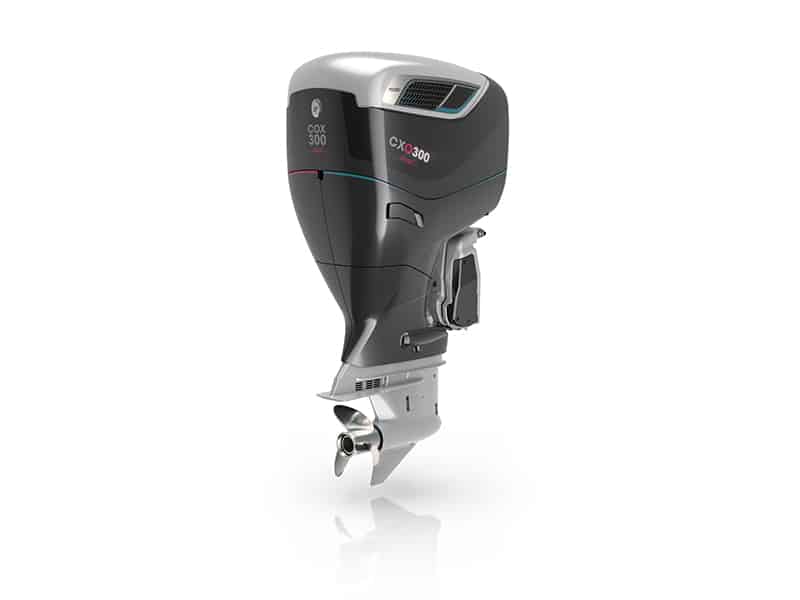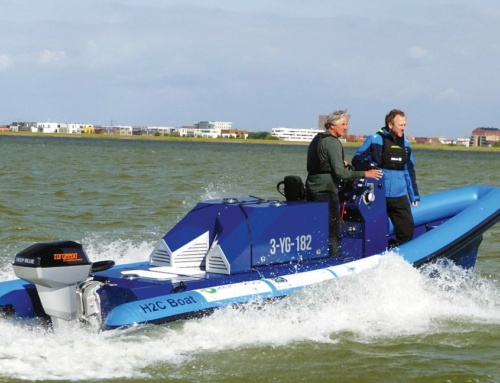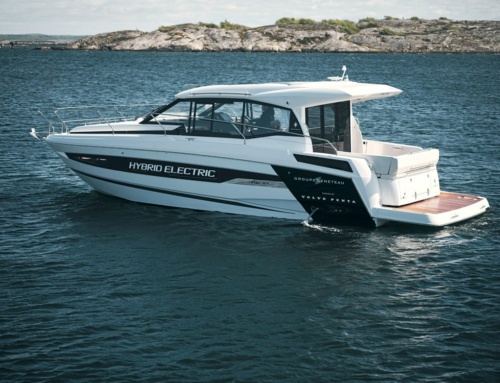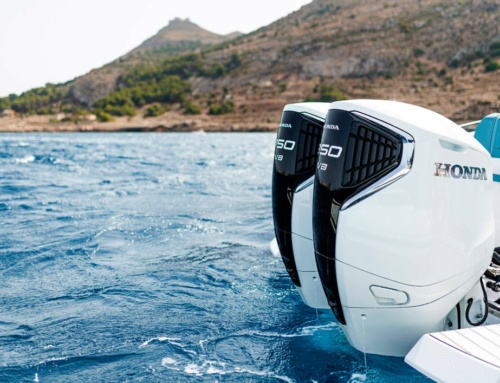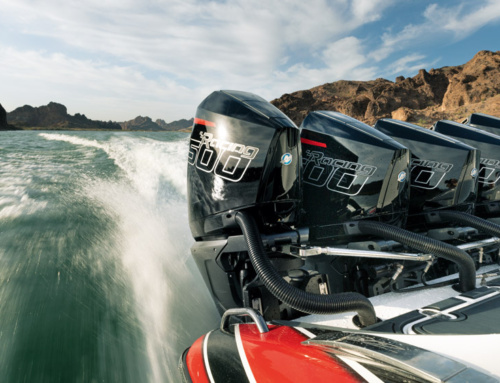- For those that do not have easy access to petrol … the extra cost of the engine will be relatively immaterial compared to the benefits it offers.
- … this engine will pay for itself in a few years in regular commercial use.
The 300hp diesel V8 CXO300 from Cox Powertrain has been a long time coming – 12 years to be precise. But has it been worth the wait? Greg Copp reports …
You may wonder why a conventional 4.4L turbocharged common-rail injected V8 should take so long to emerge. The truth is, this project started in a totally different form. The original concept was a 3.6L opposed flat four-cylinder eight-piston two-stroke supercharged diesel engine. The man behind it was David Cox, a Formula 1 engineer who has already established himself as a pioneer in opposed piston technology (OPOC). The concept is great, but the fact is that OPOC technology in whatever sector has had problems emerging into the limelight due to the realities of producing it.
It has now disappeared ‒ for the time being. I say this because I was given the impression that the OPOC engine has not been totally consigned to the history books of Cox Powertrain. In the meanwhile, what appears to be a capable V8 has now taken centre stage in terms of diesel outboard power. It is not the first diesel outboard we have tested, as back in Issue 133 I tested the 200hp OXE diesel outboard from Swedish Marine. Like the Cox engine, it is intended for the commercial sector, but unlike the Cox it is a marinised automotive engine. The CXO300, like most outboards, is a purpose-built marine engine, and like its petrol counterparts the design has focused on packing the technology into a relatively compact space. Mechanical ergonomics look good, and the weight, at 350kg, considering it is a diesel engine, is pretty reasonable.
The big question is: how does this stack up against its petrol opponents, of which there are now many? Well, on this issue, I have to say that since I was only allowed to test the engines in the test area north of the Seaworks Boat Show, at speeds not exceeding 20 knots, I do not really have a complete answer. I am told that once this engine is officially launched at the end of the year we can put it through its paces, as we have done with the numerous big petrol outboards that have emerged in recent years. It was disappointing not to see how 480ft/lb of torque feels with the engines worked hard. This is an impressive torque output for an outboard and is claimed to be twice that of a comparable petrol engine. This may be the case, but as all outboard manufacturers refuse to publish torque figures, I am presuming Cox Powertrain have run a 300hp petrol outboard on a dynamometer. What I can attest to from my relaxing cruise in the back of the test RIB is that these engines are quiet ‒ certainly quieter than a 300hp petrol outboard at the same speed. Had I not been aware that the engines were diesel, I probably would not have guessed from the exhaust note. They also feel smooth, which could be down to an effective transom mounting set-up, but the end result is that they do not feel or sound remotely like a stern-driven diesel engine.
The big question, and the one that has been selling diesel cars until ULEZ came along, is economy. Cox claim a 25% gain in efficiency over a 300hp petrol outboard, which, all things considered, is probably spot on. However, sadly the test boat did not have a fuel flow meter set up to read in either LPH or GPH. Had this been any other test, knowing the marine industry I would not have been that surprised, but the cost savings that these engines potentially offer are their main selling point. Hopefully, in due course we will be able to report back on how the CXO300 stacks up in this department. It is also claimed that this engine will have a life span three times that of, say, a Yamaha F300 or a Suzuki F300. This is a contentious point, as the opposition that this engine is up against have excellent track records for reliability – the RNLI have not used Yamahas for many years without good reason. Modern petrol outboards now surpass their predecessors in reliability terms by a wide margin. In Cox’s favour, I will say that the CXO300 is understressed in power terms. To put its torque delivery in context, an Audi 4.2 V8 diesel engine as fitted to a Porsche Cayenne produces 385hp and 626ft/lb of torque. To be specific regarding the CXO300, it actually produces 338hp at the crankshaft and 300hp at the propeller, and it is claimed that its maximum torque delivery runs from 1300rpm to 3000rpm, which is an impressive spread of prop-spinning grunt. Getting this power in the water is also something to be considered. Transmitting the low-down torque that a diesel develops through the 90-degree bevel gears that are located in the slim gearbox casing of an outboard leg requires some seriously durable engineering.
Cox have had a lot of interest from the commercial and military sectors ‒ and backing from the MOD in the past, from what I understand ‒ in regard to producing a viable diesel outboard engine. How the diesel dimension will fare in the face of a recent upsurge in big petrol outboard boats is another matter. If you are clocking up the sea miles, this engine should pay dividends, but servicing and spares for petrol engines tend to cost less than for diesels. Petrol outboard engines do not need expensive turbochargers, or costly common-rail injection systems that have to inject directly into a combustion chamber with a compression ratio of 16:1. Diesel technology is generally durable and reliable, but it is not without faults, often born from the ever-increasing need to squeeze more power and better economy from any given capacity.
The CXO300 costs £35,000 plus VAT ‒ around twice the price of its petrol counterpart. However, this engine will pay for itself in a few years in regular commercial use. For those that do not have easy access to petrol, which is often the case in many parts of the northern French coast, the extra cost of the engine will be relatively immaterial compared to the benefits it offers. The simple truth is, this engine, like any marine engine, will be primarily judged on its reliability.
Engine specifications
| Crankshaft power: | 338hp |
| Propeller shaft power: | 300hp |
| Max. engine speed: | 3700‒4000 rpm |
| Displacement: | 4.4L (266cu in) |
| Number of cylinders: | 8 |
| Bore/stroke: | 84mm (3.3in) / 98.5mm (3.9in) |
| Compression ratio: | 16 |
| Weight: | 350kg (772lb) |
| Ratio 1 (propeller speed): | 1.23:1 (3259) |
| Ratio 2 (propeller speed): | 1.46:1 (2739) |
| Peak torque: | 650nm (479ft/lb) |
| Aspiration: | Twin-turbo |
| Shaft length: | 635mm (25in) / 762mm (30in) / 889mm (35in) |
| Emission compliance: | EPA 3, IMO 3, RCD 2 |
| Start assist: | Glow plugs |

